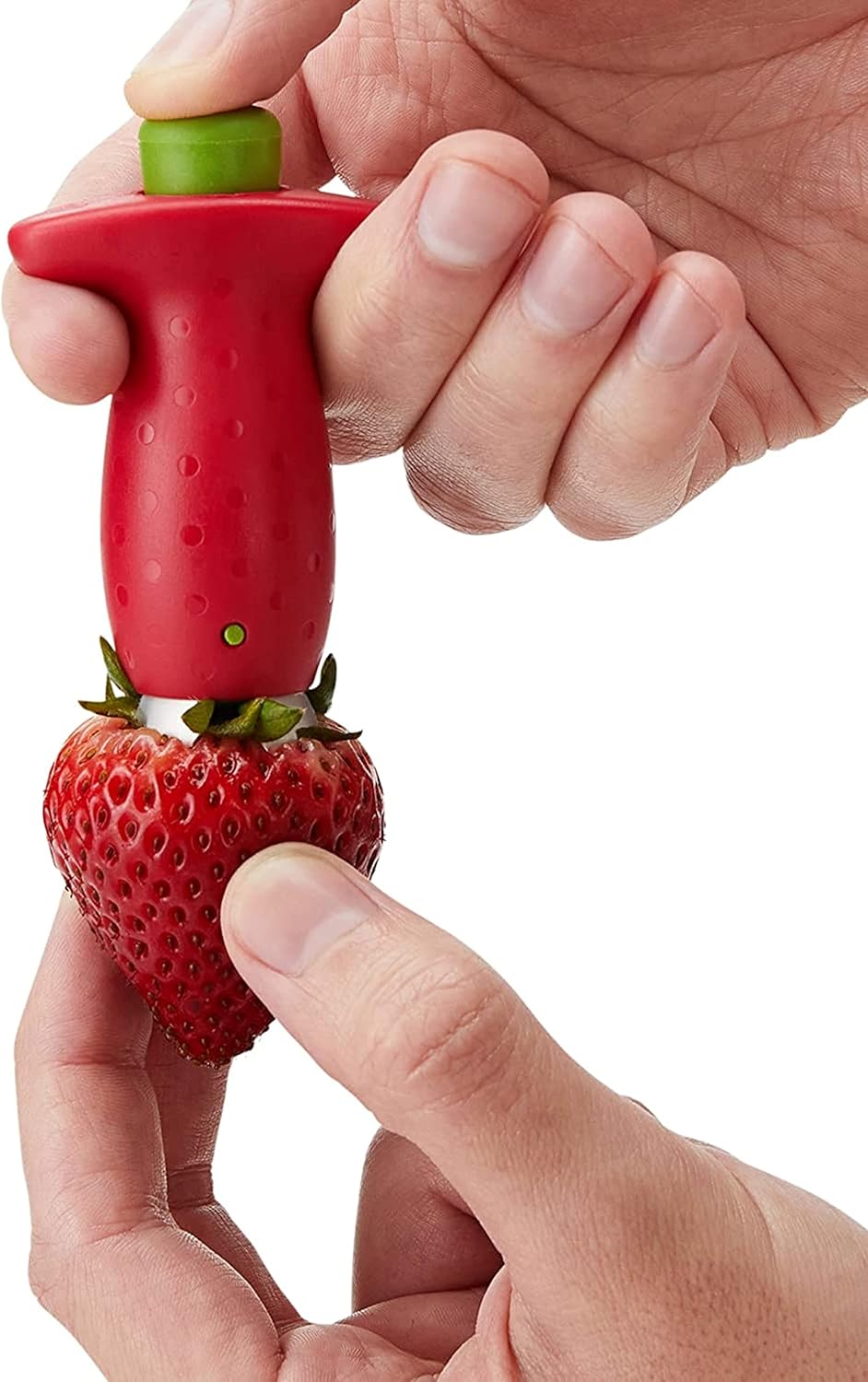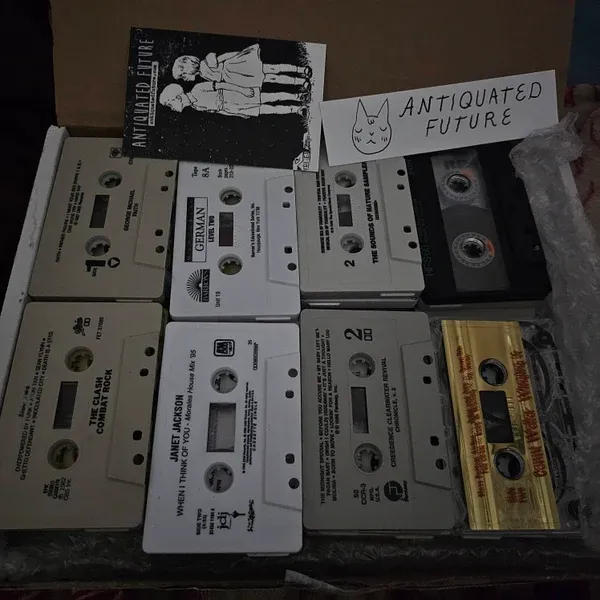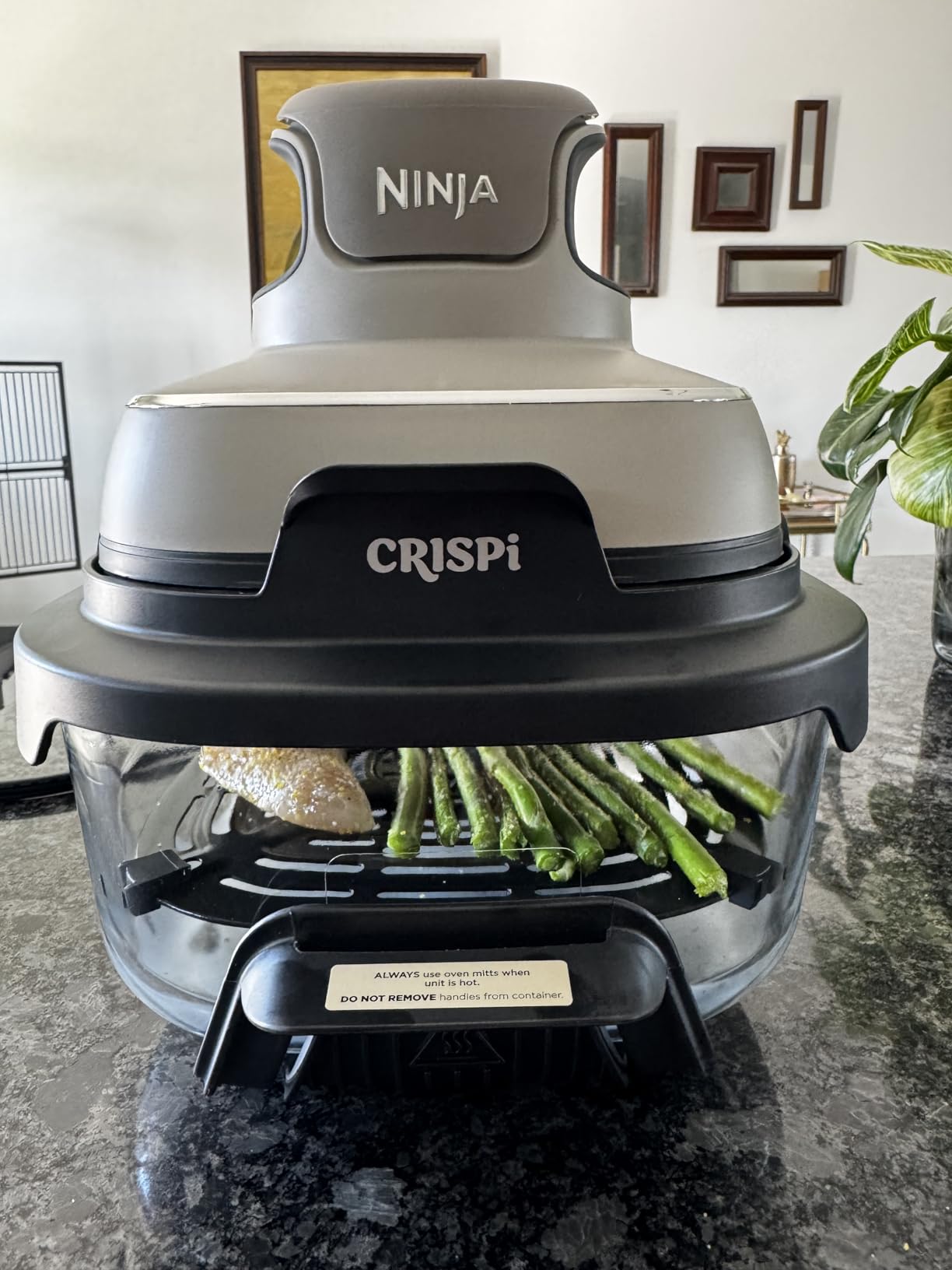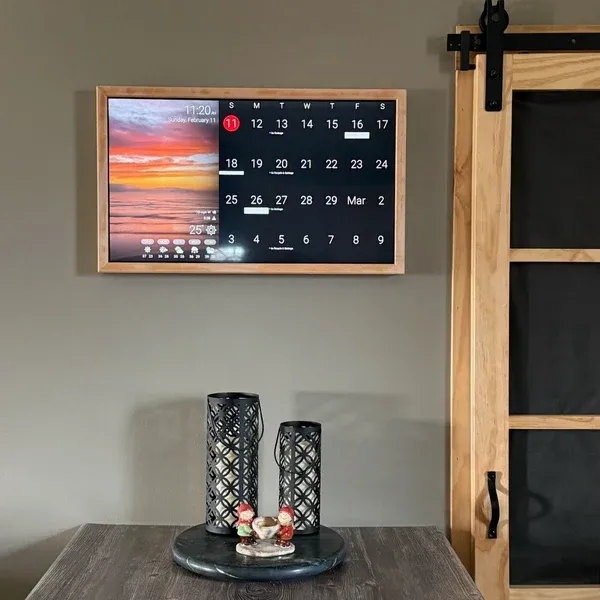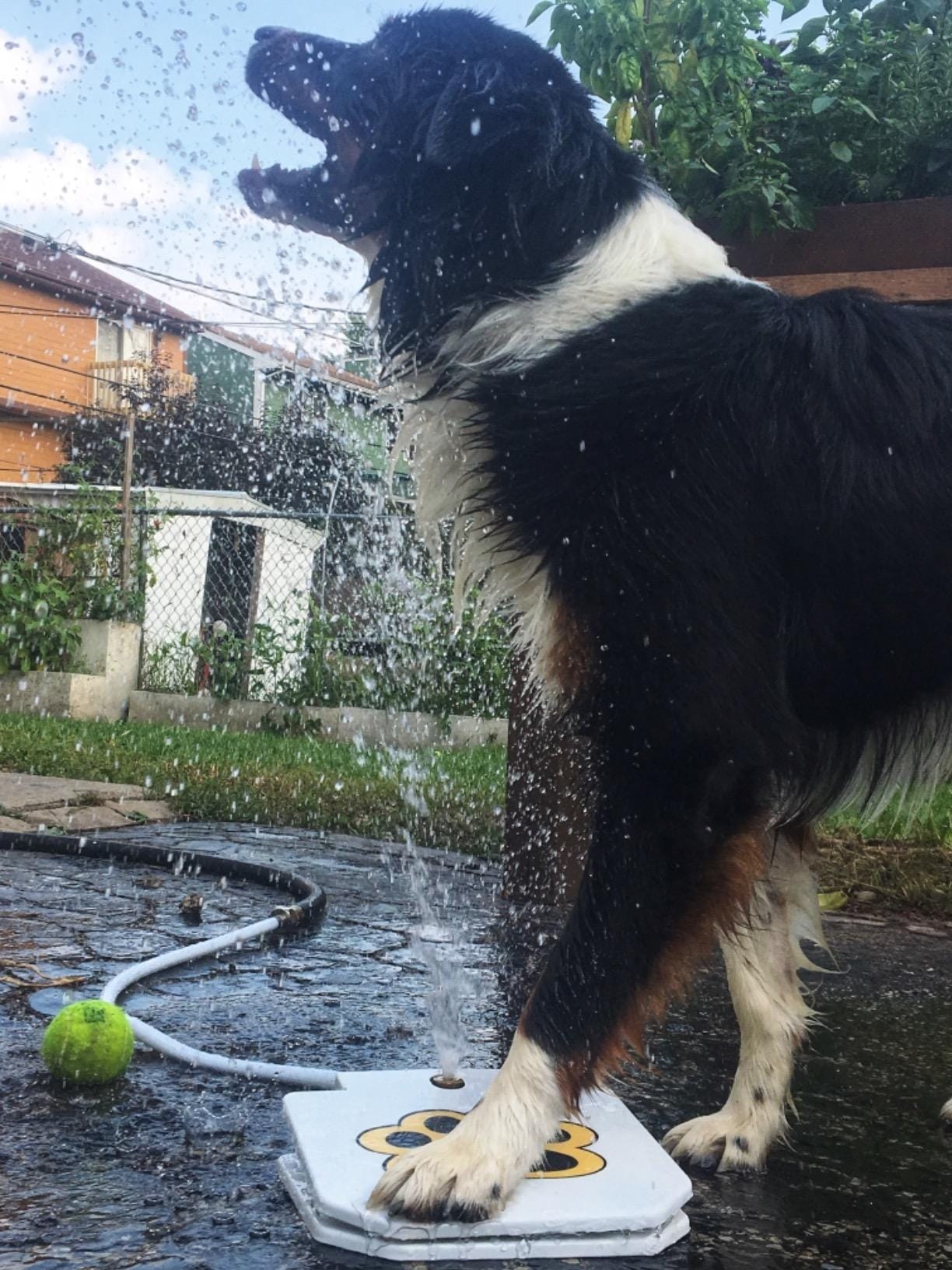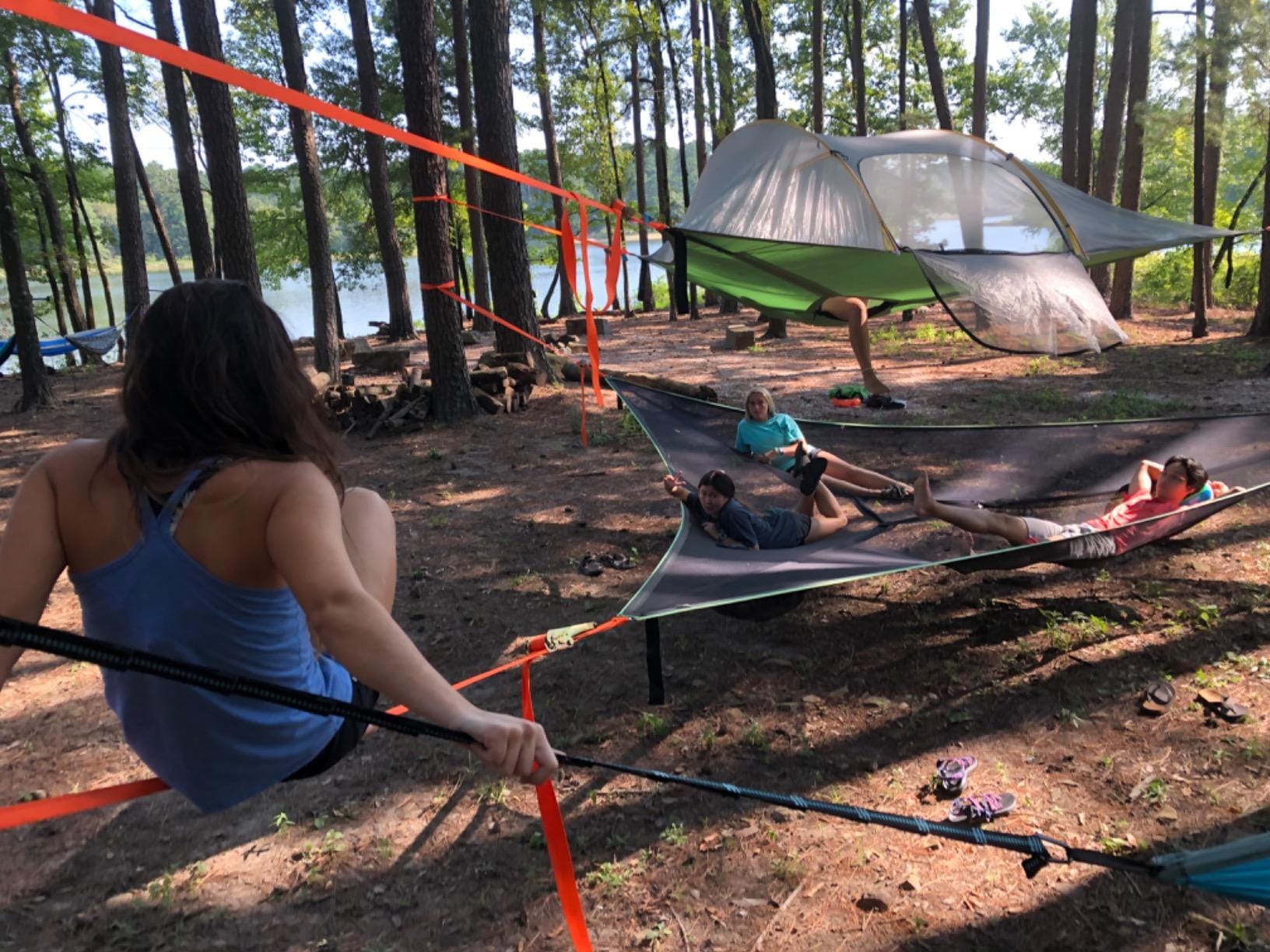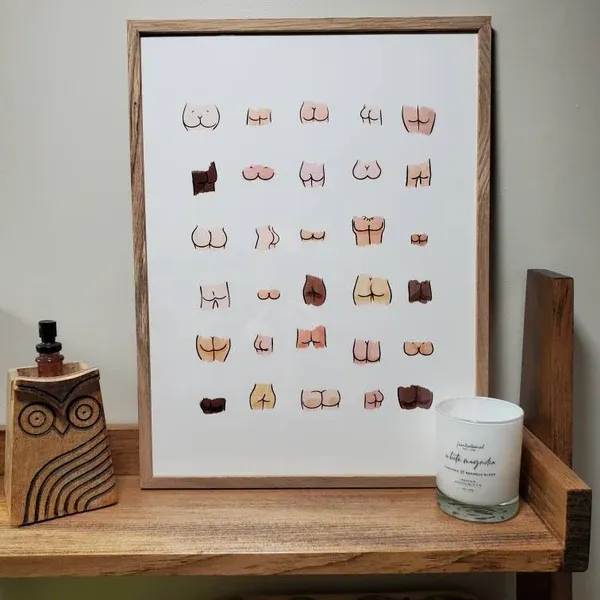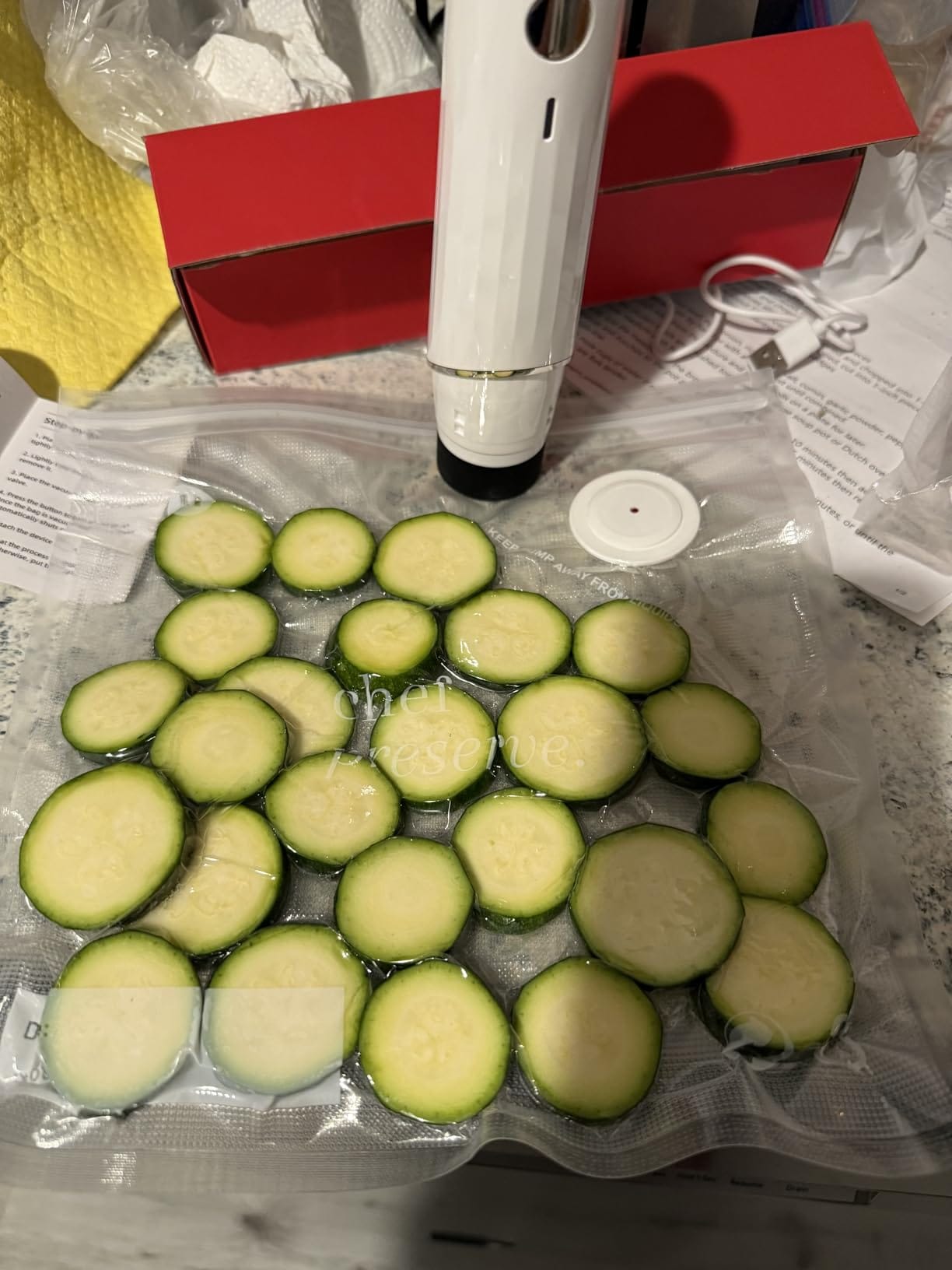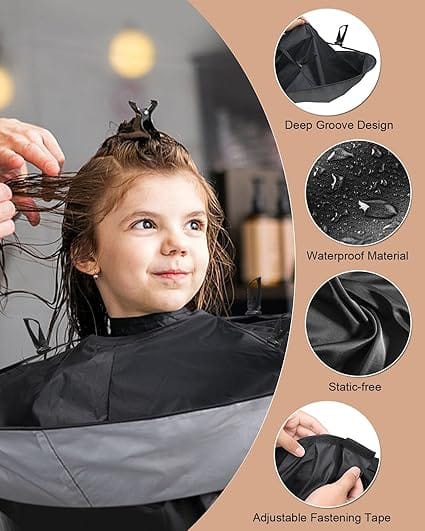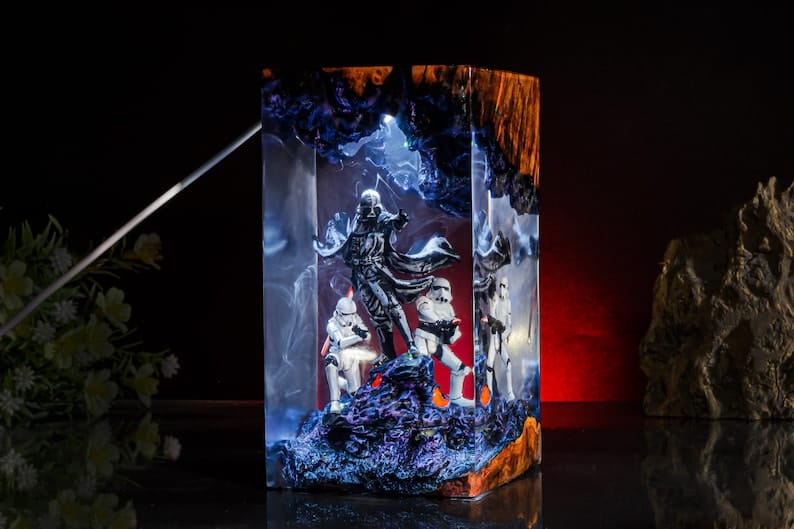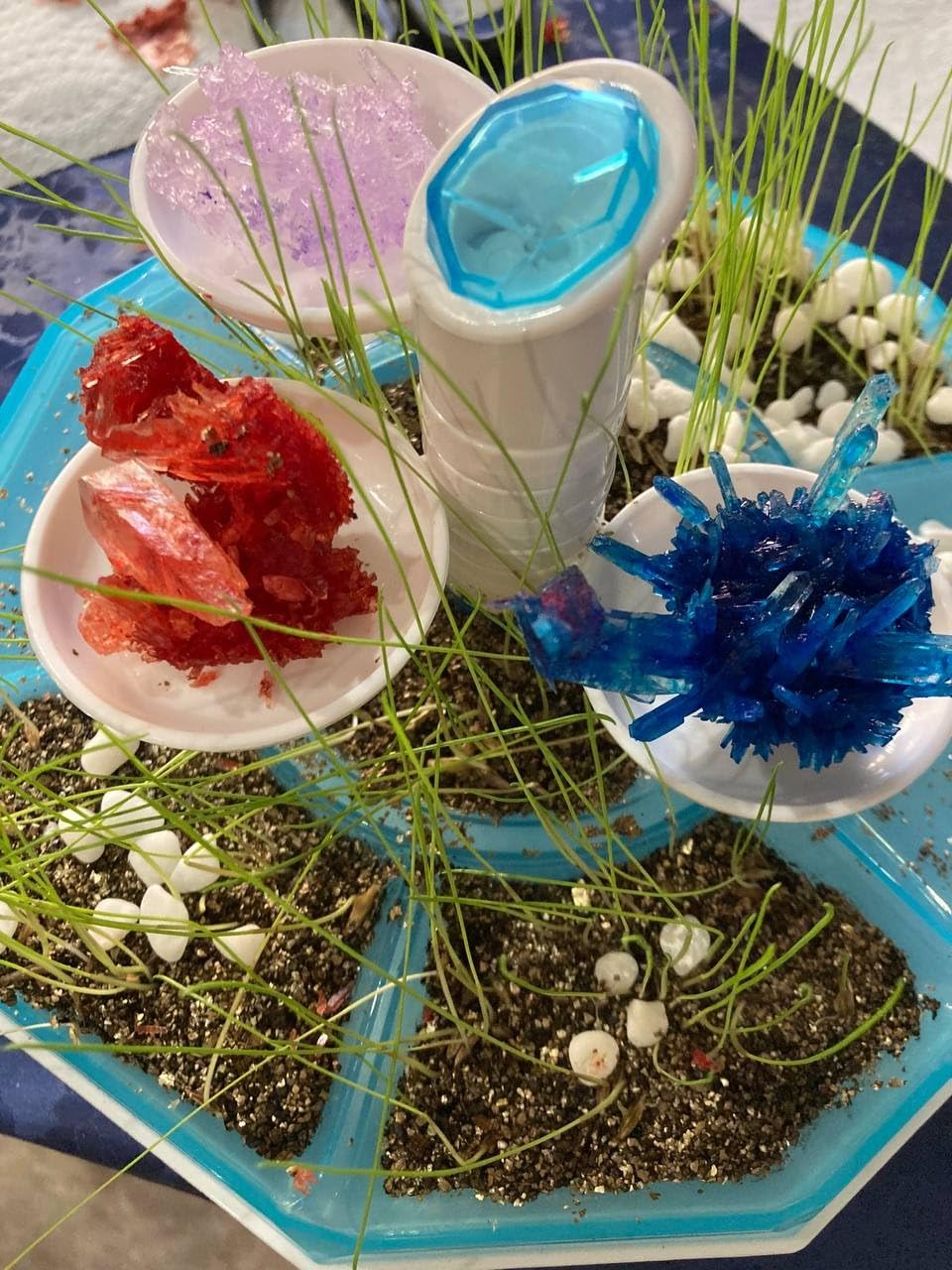
Discovery Terrarium Kit Review: A Dad's Honest Test
Author Byline: By David Miller / Last updated on August 3, 2025
Introduction
The Saturday morning silence was the wrong kind of silence. It wasn't the peaceful, coffee-sipping kind. It was the "my 8-year-old son, Leo, has been hypnotized by a glowing rectangle for two hours" kind. The familiar dread crept in—the feeling that another weekend was slipping away into a digital haze of pixelated worlds and YouTube shorts. I was on a mission: to find a project, a real hands-on activity, that could break the spell. I needed something more engaging than a board game and more rewarding than a 500-piece puzzle that ends up back in the box.
That's when I stumbled upon the Discovery™ #Mindblown DIY Light-Up LED Terrarium Kit. It promised science, nature, crystals, and a cool light-up feature. It looked like the perfect trojan horse—an educational toy disguised as a cool gadget.
But would it actually capture a screen-obsessed kid's attention? Would it be a weekend-defining win or just another box of plastic that collects dust? If you're a parent, aunt, uncle, or grandparent asking the same questions, you've come to the right place. This is the only review you'll need to decide if this is the screen-free-weekend-saver you've been looking for.

Discovery Terrarium Kit Review: A Dad's Honest Test
Is the Discovery Light-Up Terrarium Kit worth it? A dad's real-world review on if it truly gets kids off screens and into science. Read before you buy.
The Bottom Line Up Front (BLUF)
- Who should buy this? Parents and gift-givers looking for an engaging, hands-on STEM project that’s more than a one-day wonder. It's perfect for curious kids aged 8-12 who enjoy seeing a project develop over time.
- Who should avoid this? Families wanting an instant-gratification toy. The plant growth requires patience, which might frustrate very young children or those with shorter attention spans.
My Final Score: 8.2 / 10✨✨✨✨✨✨
What Real Users Love (The Pros)
- Genuinely Educational & Engaging: The kit brilliantly combines biology (growing rye grass) and chemistry (forming crystals) into one project. After analyzing hundreds of user comments, a clear pattern emerged: parents are thrilled that it’s a "sneaky" way to teach scientific principles.
- Why this matters to you: This isn't just a toy; it's an interactive lesson that teaches patience, process, and the basics of ecosystems.
- The "Wow" Factor is Real: The combination of the growing plants, colorful crystals, and the final light-up effect is a huge hit with kids. The geodome itself looks like something out of a sci-fi movie once it's complete.
- Why this matters to you: It provides a tangible, visually impressive reward that makes the waiting and effort feel worthwhile. In my own testing, the moment Leo hit the light switch for the first time in his dark room, his face lit up even more than the terrarium. That was the 'win' I was looking for.
- Complete, All-in-One Package: The box contains almost everything you need—the dome, seeds, crystal-growing powder, soil puck, and even little decorative figures. There’s no need to run to the store for extra supplies.
- Why this matters to you: It removes friction and allows you to get started on the project right out of the box, which is a lifesaver for busy parents.
Common Complaints & Potential Deal-Breakers (The Cons)
- Growth Requires Serious Patience: This is the most common "complaint," though it's more of a reality check. The rye grass can take 3-4 days to sprout, and the crystals take a full day or two to form.
- Why this matters to you: You need to set expectations with your child. If they're expecting an instant result, they will be disappointed.
- Honestly, on day two, Leo was asking "Is it growing yet?" every hour. It was a good lesson in patience, but you need to manage expectations upfront.
- Crystal Formation Can Be Inconsistent: While our crystals grew well, some user reviews mention their crystals didn't form as large or as vibrantly as the box art suggests. This is a common variable in at-home chemistry kits.
- Why this matters to you: It’s a science experiment, and sometimes experiments don't go perfectly. It's a good teaching moment, but could be a letdown if the crystals are the main draw.
- Instructions May Require Adult Help: While the instructions are clear, some steps—like mixing the hot water for the crystals—absolutely require adult supervision and assistance.
- Why this matters to you: This isn’t a "set it and forget it" activity. Plan on this being a collaborative project, not something your kid can do entirely on their own.
Feature Deep Dive: The Plants vs. The Crystals
The true genius of this kit is its two-pronged approach.
First, you have the plant-growing. This is the long game. Leo and I hydrated the soil puck (which was a cool mini-experiment in itself), carefully spread the rye grass seeds, and misted them. This part of the project is all about nurturing and patience. Checking it every morning became our little ritual, a welcome change from him reaching for the tablet.
Then, you have the crystal-growing. This is the short-term thrill. Following the instructions, we mixed the crystal powder with hot water and poured it into the tray. This process is faster and more like a classic chemistry experiment. The anticipation is different—it’s not about nurturing, but about a dramatic transformation. Waking up the next day to find sharp, colorful crystals had formed was a huge payoff that kept his excitement high while we waited for the grass to sprout. This dual timeline is what keeps kids hooked.
Best Alternatives (The Competition)
- For a Younger Audience or a Quicker Win: Crayola Grow 'n Glow Terrarium
- The Crayola kit is a bit simpler in design and execution, making it a great choice for kids in the 6-8 age range. It focuses more on the decorating and initial setup, offering a slightly faster (though less complex) experience.
- For the Aspiring Geologist: National Geographic Crystal Growing Kit
- If the crystal-making was the most exciting part for your child, this Nat Geo kit is the perfect next step. It ditches the plants to go all-in on growing multiple, high-quality crystals, offering a deeper dive into geology and chemistry.
Frequently Asked Questions (FAQ)
- What age is this really for?
The box says 6+, but based on my experience and other reviews, the sweet spot is 8-12. A 6-year-old will need significant help and might lose patience. An 8-year-old can do most of it with supervision. - How long does it take to see results?
You can see crystal formation within 24-48 hours. The grass will typically begin to sprout in 3-5 days and will look lush within a week or two. - Is it messy?
Moderately. You're dealing with soil and water, so I'd recommend laying down some newspaper during setup. But it's all contained within the dome once you're done. - Can you reuse the terrarium?
Absolutely! The geodome is a sturdy plastic container. You can easily buy more rye grass seeds (or even try other small plants like chia) and run the experiment again. The crystal chemicals are a one-time use, however. - Are the materials non-toxic?
Yes, the kit is designed for children and the materials are listed as non-toxic. However, the crystal-growing solution should not be ingested, and washing hands after handling everything is always a good practice.
Final Thoughts & Recommendation
So, did the Discovery Terrarium Kit break the tablet's spell on my son, Leo? For a whole weekend, it absolutely did. It replaced the passive glow of a screen with the active curiosity of a young scientist. We got our hands dirty, we learned about patience, and we created something genuinely cool that now sits on his nightstand, glowing as a reminder of our project.
While it's not a miracle cure for screen addiction and it does require your involvement and a bit of patience, it delivers on its promise. It's a fantastic bonding experience disguised as a toy.
If you're looking for a gift that will spark genuine curiosity, create a real conversation, and result in a proud "I made that!" moment from your child, I wholeheartedly recommend it. It was a definite win in the Miller household.
Call to Action:
If you feel this is the right choice to spark some screen-free curiosity in your home, you can check the latest price and purchase it through the link below. It helps support our in-depth reviews at no extra cost to you. We really appreciate it!
Audience Growth & Engagement
Become a WowShopList Insider
Love discovering products that are genuinely worth it? I know I do. Subscribe to my exclusive WowShopList Weekly newsletter. Each week, I send one personal email featuring the most unique, innovative, and valuable product I've found—my 'hidden gem' of the week. It's 100% free to join now, and you'll be locked in for life. We plan to make this a paid newsletter in the future, but our founding members will always get it for free.
We hope this in-depth review helps you make a confident choice! To continue your research, check out some of our other popular guides:
- I Built 3 LEGO Technic Sets with My Kid: Here's the Only One That Didn't Frustrate Us Both
- The 5 Best Board Games That Actually Make Your Kids Smarter (And Are Fun for Adults, Too)
- Are Coding Robots for Kids a Waste of Money? My Honest Takedown.
Now I'd love to hear from you! Drop a comment below with your experience or any questions I didn't cover. I read every single one.






